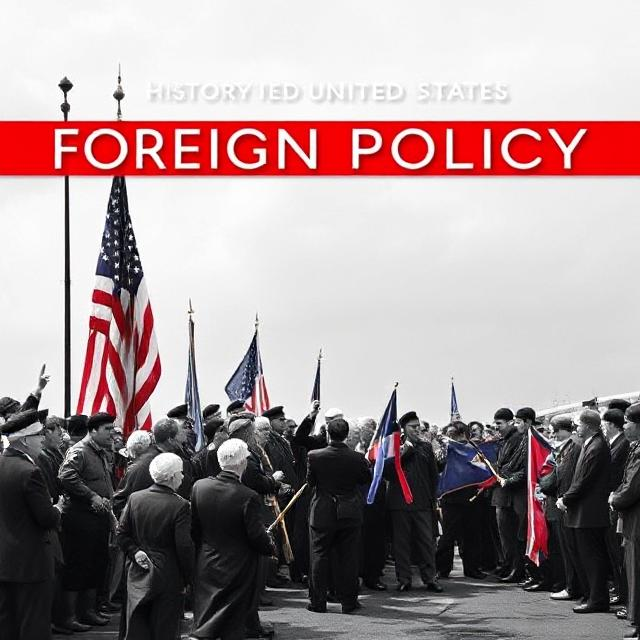The history of United States foreign policy is a complex interplay of national interests, international relations, and global events. From its early days as a fledgling nation to its current status as a global superpower, U.S. foreign policy has evolved in response to changing geopolitical landscapes, economic considerations, and domestic pressures. This article explores key phases in the history of U.S. foreign policy, highlighting significant events, doctrines, and challenges that have shaped its trajectory.
Early Foreign Policy (1789-1898)

The Founding Principles
In the aftermath of the American Revolution, the United States faced the challenge of establishing a coherent foreign policy. The early principles of American foreign policy were articulated by President George Washington in his Farewell Address (1796), where he advised against entangling alliances and emphasized neutrality. This principle of non-interventionism would guide U.S. foreign relations for much of the early 19th century. Washington’s vision reflected a desire to avoid the pitfalls of European conflicts and maintain American sovereignty.
Expansionism and Manifest Destiny
As the nation grew, so did its ambitions. The doctrine of Manifest Destiny emerged in the 1840s, reflecting the belief that the U.S. was destined to expand across the North American continent. This ideology justified territorial acquisitions, such as the Louisiana Purchase (1803), which doubled the size of the country, and the annexation of Texas (1845). The Mexican-American War (1846-1848) resulted in significant land gains for the U.S., including present-day California, Arizona, New Mexico, and more. This period marked a transition from a focus on survival and independence to one of expansion and influence.
The Monroe Doctrine
In 1823, President James Monroe articulated the Monroe Doctrine, which asserted that the Western Hemisphere was off-limits to European colonization. This doctrine established a foundational principle of U.S. foreign policy, emphasizing American influence in the Americas and warning European powers against further intervention. The Monroe Doctrine would become a cornerstone of U.S. foreign policy in the 19th century, reflecting a growing sense of American exceptionalism and a desire to assert dominance in the Western Hemisphere.
The Age of Imperialism (1898-1918)
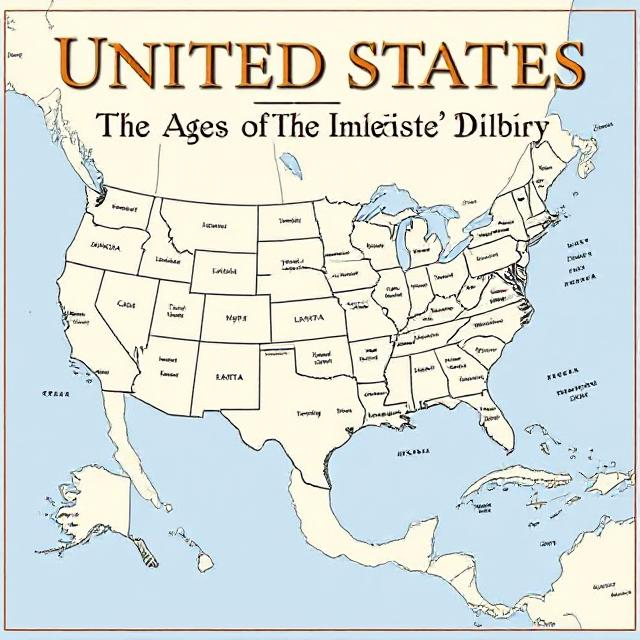
Spanish-American War
The late 19th century marked a shift toward imperialism, as the U.S. began to assert its influence beyond its borders. The Spanish-American War (1898) was a pivotal moment, resulting in the U.S. acquiring territories such as Puerto Rico, Guam, and the Philippines. This conflict marked the U.S. transition from isolationism to a more interventionist foreign policy. The war was fueled by a combination of humanitarian concerns over Spanish atrocities in Cuba and economic interests in the region.
Open Door Policy
In 1899, Secretary of State John Hay introduced the Open Door Policy, which aimed to ensure equal trading rights for all nations in China. This policy reflected the U.S. desire to expand its economic influence and protect its interests in Asia, setting the stage for future involvement in the region. The Open Door Policy was a response to the increasing competition for influence in China among European powers and sought to prevent the partition of China into colonies.
World War I and Wilson’s Idealism
The U.S. initially maintained neutrality during World War I, but several factors, including unrestricted submarine warfare by Germany and the Zimmerman Telegram, led to American involvement in 1917. President Woodrow Wilson articulated a vision for a post-war world based on democratic principles and collective security, encapsulated in his Fourteen Points. Wilson’s idealism laid the groundwork for the establishment of the League of Nations, although the U.S. Senate ultimately rejected membership. His emphasis on self-determination and democracy influenced the peace negotiations at the end of the war.
Interwar Period and World War II (1918-1945)
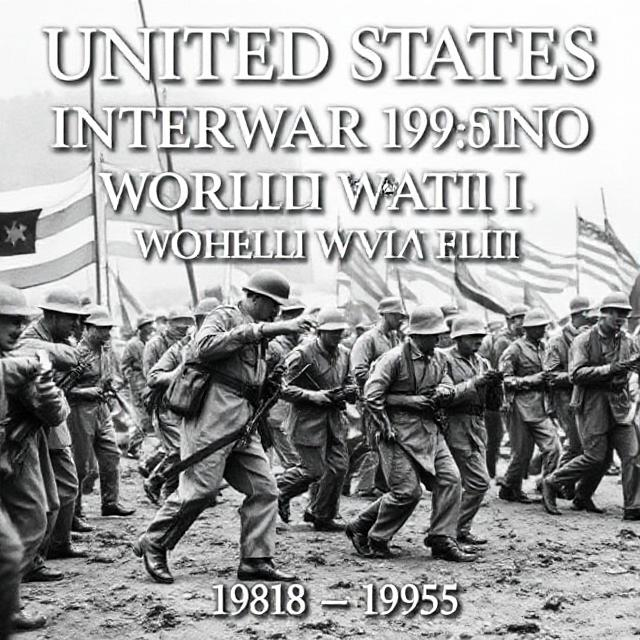
Isolationism and the Great Depression
The interwar period was characterized by a return to isolationism as the U.S. grappled with the economic challenges of the Great Depression. The Neutrality Acts of the 1930s aimed to prevent American involvement in foreign conflicts, reflecting a widespread desire to avoid the mistakes of the previous war. These acts restricted arms sales and loans to belligerent nations, illustrating the public’s reluctance to engage in international conflicts.
World War II
The attack on Pearl Harbor on December 7, 1941, marked a turning point, leading to U.S. entry into World War II. The U.S. played a crucial role in the Allied victory, participating in key battles in both the European and Pacific theaters. The war fundamentally changed its position in the world, transitioning from isolationism to a leadership role in international affairs. The U.S. emerged from the war with a strong economy and a powerful military, setting the stage for its post-war influence.
The United Nations
In 1945, the U.S. was instrumental in founding the United Nations, an organization aimed at promoting peace, security, and cooperation among nations. The UN represented a shift toward multilateralism in U.S. foreign policy, reflecting a commitment to collective security and international collaboration. The establishment of the UN highlighted the U.S. desire to prevent future conflicts through diplomacy and cooperation, moving away from unilateral actions.
The Cold War Era (1947-1991)
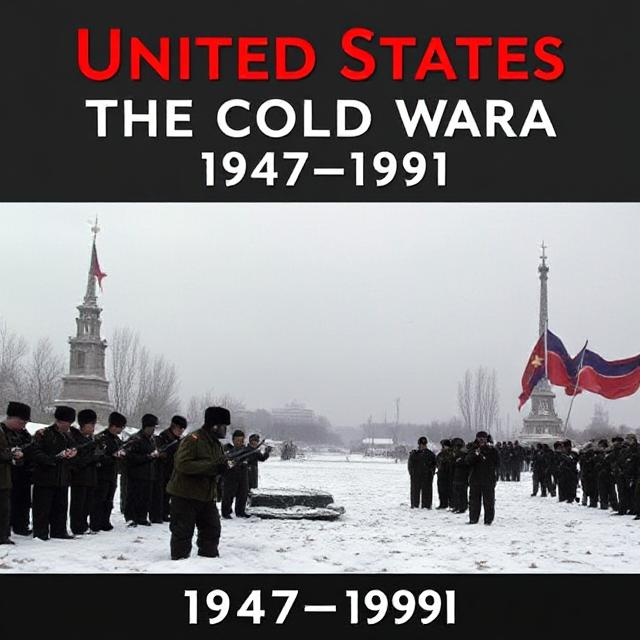
Containment Policy
The onset of the Cold War between the U.S. and the Soviet Union defined American foreign policy for several decades. The Truman Doctrine (1947) established the policy of containment, aimed at preventing the spread of communism worldwide. This doctrine justified U.S. intervention in various conflicts, including the Greek Civil War and the Korean War. The U.S. sought to support nations resisting communism, viewing it as a direct threat to democracy and capitalism.
The Marshall Plan
In 1948, the U.S. launched the Marshall Plan, a massive economic aid program designed to rebuild war-torn Europe and prevent the spread of communism. By providing financial assistance to European nations, the U.S. sought to stabilize economies and promote democratic governance. The Marshall Plan not only helped to revitalize European economies but also strengthened political alliances and fostered cooperation among Western nations.
The Korean War
The Korean War (1950-1953) was a significant conflict during the Cold War, as North Korea, backed by the Soviet Union and China, invaded South Korea. The U.S. intervened under the auspices of the United Nations, viewing the conflict as a test of the containment policy. The war ended in a stalemate, with Korea remaining divided along the 38th parallel. The conflict solidified U.S. commitment to containing communism in Asia and heightened tensions with China and the Soviet Union.
The Vietnam War
The Vietnam War (1955-1975) became a focal point of U.S. foreign policy and a source of significant domestic unrest. Initially framed as a battle against communism, the war escalated into a protracted conflict that raised questions about U.S. interventionism and the limits of military power. The eventual withdrawal of U.S. forces in 1973 marked a turning point in American foreign policy and public perception of military engagement. The war’s unpopularity led to a reassessment of U.S. foreign policy and an emphasis on diplomacy over military intervention.
The Post-Cold War Era (1991-Present)
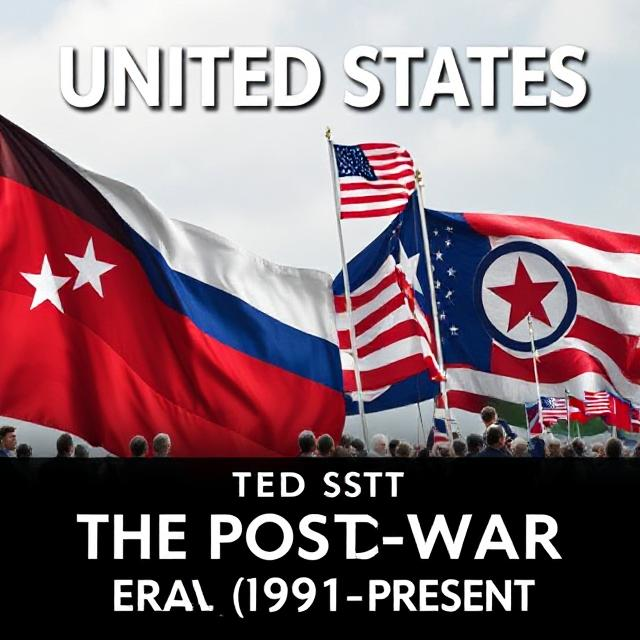
The End of the Cold War
The collapse of the Soviet Union in 1991 marked the end of the Cold War and a shift in U.S. foreign policy priorities. The U.S. emerged as the sole superpower, leading to a focus on promoting democracy and free markets worldwide. The Bush Administration emphasized a unilateral approach, particularly in response to the Gulf War (1990-1991), where a coalition of nations intervened to liberate Kuwait from Iraqi occupation. The success of the Gulf War reinforced U.S. military dominance and showcased its ability to lead international coalitions.
Globalization and Terrorism
The 1990s saw increased globalization and economic interdependence, but the events of September 11, 2001, drastically changed the landscape of U.S. foreign policy. The attacks prompted the War on Terror, leading to military interventions in Afghanistan and Iraq. The U.S. aimed to dismantle terrorist networks, but these interventions sparked debates about the efficacy and consequences of military action. The prolonged conflicts in Afghanistan and Iraq raised questions about nation-building and the limits of military intervention in achieving political goals.
Rebalancing and New Challenges
In recent years, U.S. foreign policy has faced new challenges, including the rise of China as a global power, ongoing conflicts in the Middle East, and issues related to climate change and cybersecurity. The Obama Administration sought to pivot toward Asia, emphasizing diplomatic engagement and multilateralism. The administration’s focus on the Trans-Pacific Partnership (TPP) aimed to strengthen economic ties with Asian nations but faced domestic opposition and ultimately did not come to fruition.
Current Trends
The current Biden Administration has emphasized restoring alliances and addressing global challenges such as the COVID-19 pandemic, climate change, and authoritarianism. The U.S. continues to navigate a complex international landscape, balancing competition with China and Russia while engaging in efforts to promote democracy and human rights. The administration’s foreign policy reflects a commitment to multilateralism, evidenced by rejoining the Paris Agreement and seeking to strengthen partnerships with traditional allies.
The Role of Technology and Cybersecurity
As technology continues to evolve, U.S. foreign policy has increasingly focused on cybersecurity and the implications of digital warfare. The rise of social media and misinformation campaigns has transformed the landscape of international relations, prompting concerns about election interference and the impact of technology on democratic processes. The U.S. government has begun to prioritize cybersecurity as a national security issue, recognizing the need to protect critical infrastructure and democratic institutions.
Conclusion
The history of United States foreign policy is a reflection of the nation’s evolving identity and its role in the world. From its early isolationist tendencies to its current status as a global leader, U.S. foreign policy has been shaped by a myriad of factors, including economic interests, ideological commitments, and security concerns. Understanding this history is essential for navigating the complexities of contemporary international relations and the challenges that lie ahead. As the U.S. faces a rapidly changing global landscape, its foreign policy will continue to adapt to new realities, reflecting both its values and its strategic.


